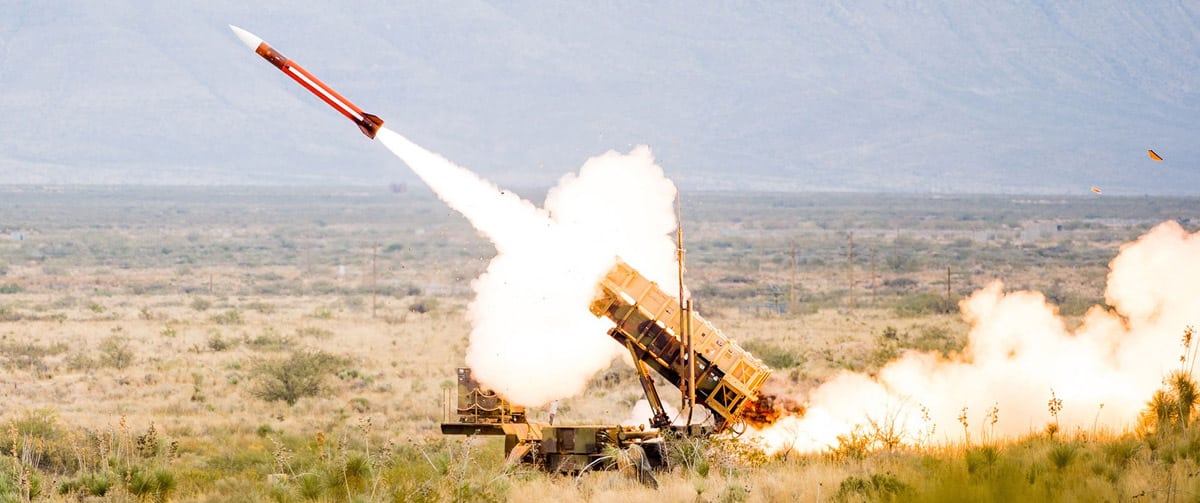As missile defense capabilities have matured, they have become widely recognized for their contribution to broad strategic objectives and the US nuclear posture. The growing significance of missile defenses has been more broadly reflected in major national and military strategy documents across the last several administrations. A capstone Joint Staff publication singles out missile proliferation as a challenge to US military strategy and notes that a strategic posture “predicated on global agility requires the ability to protect against such a threat.” The 2001 Nuclear Posture Review (NPR) proposed a “new triad” in which conventional forces and nuclear strike forces represented one leg, active and passive defenses the second, and responsive infrastructure the third. Although the 2010 review did not retain the new triad vocabulary, the concepts and connections persisted and expanded, as did the prospect for missile defense to enhance deterrence and strategic stability. The 2017 NPR should give renewed attention to the role of missile defense in achieving and supporting deterrence, assurance, and damage limitation goals. Given the desire to reduce reliance upon nuclear means of deterrence, missile defense and conventional strike will likely remain central to the US strategic posture.
In January 2017, President Trump issued a National Security Presidential Memorandum on Rebuilding the U.S. Armed Forces, directing the secretary of defense to conduct several reviews of military and security policy. These included a new NPR to “ensure that the United States nuclear deterrent is modern, robust, flexible, resilient, ready, and appropriately tailored to deter 21st-century threats and reassure our allies,” and a Ballistic Missile Defense Review (BMDR) to “identify ways of strengthening missile-defense capabilities, rebalancing homeland and theater defense priorities, and highlighting priority funding areas.”
The presidentially directed reviews are also being conducted in a statutory context. The National Defense Authorization Act for fiscal year 2017 contained several provisions bearing directly on the relation of missile defenses to such larger objectives. One section amended the 1999 National Missile Defense Act with a policy statement broadening the policy objectives for missile defense. Changes include the description of future missile defenses as “effective, robust and layered,” emphasizing the importance of these attributes because the character of emerging threats is not static but rather “developing and increasingly complex.” The new language also broadened the object of defense to include not only US territory but also “allies, deployed forces, and capabilities.” Another section of the same law mandated a review of missile defeat policy, strategy, and capability, including the relationship of deterrence to missile defense and defeat capabilities. Together, these several directives represent a ripe opportunity to evaluate and adjust US missile defense efforts.
Read the full article in Strategic Studies Quarterly.
